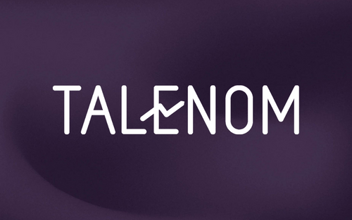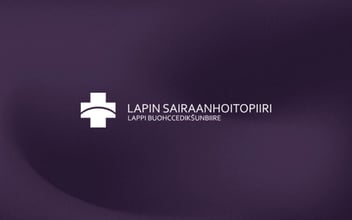City of Helsinki - Intelligent learning environment reduces manual work
The City of Helsinki selected Loihde Advance along with Loihde Trust as the turnkey supplier for the real-time sensor monitoring and reporting of the Smart Learning Environments of the Future project. The project involved equipping the 41 classrooms of Ressu Comprehensive School’s property with sensor technology on four different floors. The limitation was that the data transmission had to be carried out wirelessly and with low current. The property’s own data and electricity network was not available for use. In addition, the data produced by the sensors had to be transferred securely to the City of Helsinki’s cloud platform and the data had to be turned into a visual user interface for mobile devices and browsers. In the implemented IoT solution, the data produced by the sensors is transferred within the school property in Loihde Trust Ltd’s secure net, which operates completely separately from the customer’s own network infrastructure. The data is transferred to the City of Helsinki’s Azure cloud environment to be further processed into a visual format. Measurement results can be viewed in the Power BI interface as well as via a mobile application.
The IoT system measures classroom temperature, humidity, and brightness and detects the amount of motion. The sensor can be used to measure the occupancy rate of a space, as it sends values every five minutes to indicate whether the space is occupied. “The system provided by Loihde Advance helps ensure that teachers, school management and administration have the same knowledge of the use of the property. In the past, the occupancy rate was investigated with occasional observational studies without the data being utilized in daily school activities. The project will help us understand how to make the most of the IoT solutions on the properties,” says Raigo Meregild, Business Development Advisor, City of Helsinki, Department of Economic Affairs.
There are two different user groups for the visual interface. The headmaster and architects monitor the booking rates of the classrooms during office hours and how the premises are used outside office hours for club and school activities. Teachers, on the other hand, can search for free spaces almost in real time using the school’s floor plan and, for example, divide students into two groups and send them into free smaller classrooms. Teachers also use data and visualizations for educational purposes.
Raigo Meregild, who is responsible for the City of Helsinki’s 6Aika/ Smart Learning Environments of the Future project, is pleased with the project: “Collaboration with Loihde Advance was straightforward, inspiring, and professional. As this implementation was new for both of us, we both learned a lot during the project and found areas for further development.”
You can find out more about the project in the webinar recording about measuring the occupancy rate using sensor data and computer vision – Case Helsinki’s smart school, where you can also find a demo of the implemented user interface.



